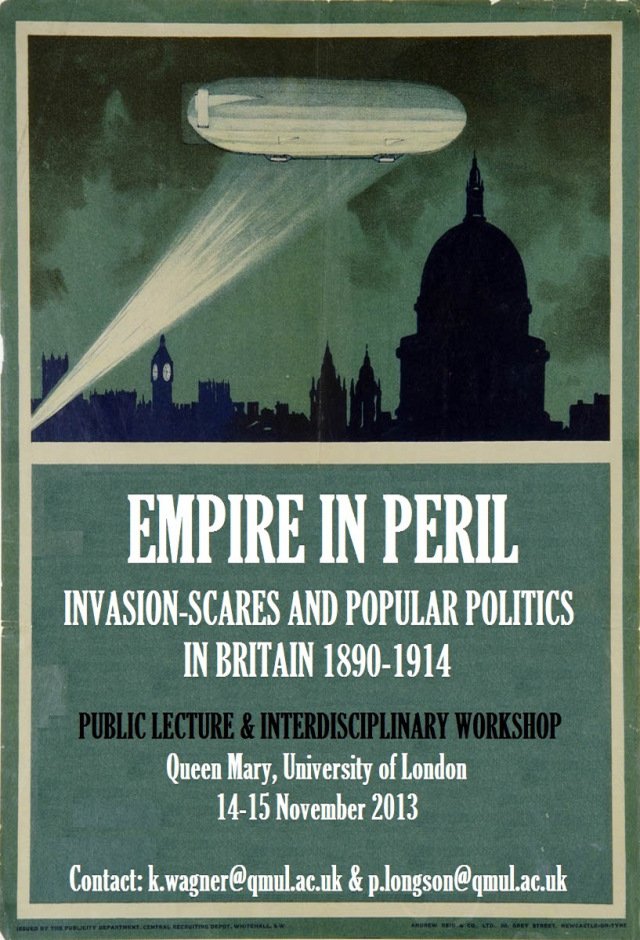Interdependent and inseparable — II
Previously I looked at Excubitor’s claim that in 1913 the Anglo-German naval race was turning into a more dangerous aero-naval one, and that Britain, having won the first was now in the process of losing the other. Here I’ll look at some related strands of thought in the press more generally, and what the point […]

